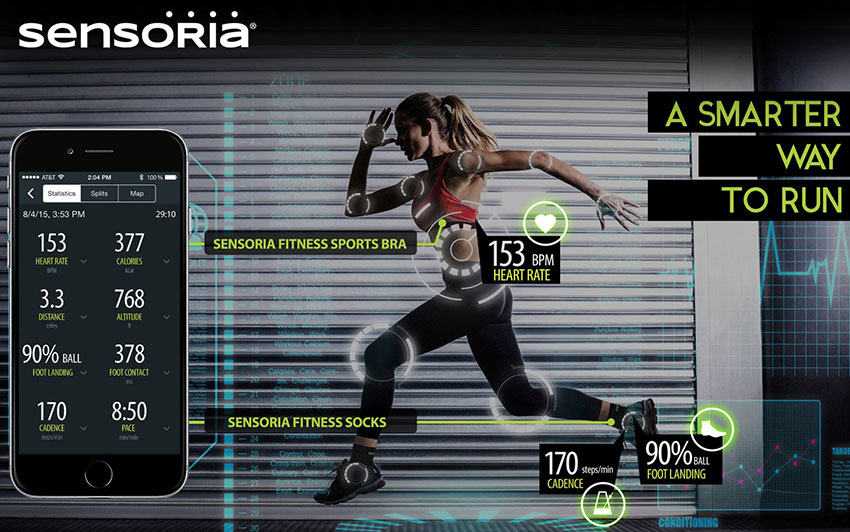
Wearable technology has advanced rapidly in recent years, transforming clothing and accessories into computing devices that can sense the world around us. Smart watches, fitness trackers, smart glasses, and smart clothing are now providing computers and connectivity seamlessly integrated into the fabrics we wear every day.
Smart watches like the Apple Watch and Fitbit Versa allow us to check notifications, messages, and calls at a glance on our wrist. They also track activity, heart rate, sleep, and other health metrics to provide insights into our daily wellness and fitness. Using optical heart rate sensors and accelerometers, smart watches can estimate calorie burn, distance traveled, flights of stairs climbed and more.
 Smart Wearable Technology
Smart Wearable Technology
Fitness trackers from Fitbit, Xiaomi, and others specialize in activity and exercise tracking using sensors and AI algorithms to estimate calories burned, distance traveled, and other metrics with a high degree of accuracy. Many fitness trackers can now provide guided breathing sessions, meditation timers, and even provide ECG readings to detect signs of atrial fibrillation. They have become sophisticated wellness and fitness devices in their own right.
Smart glasses from companies such as Google, Microsoft, and Magic Leap use augmented reality to overlay digital information on top of the real world around us. The technology is still emerging but holds a lot of promise for interactive maps, real-time translation, educational applications, social networking through shared AR experiences, and entertainment like interactive games.
Smart clothing is an evolving category, with companies like Sensoria Fitness creating workout shirts and jackets with built-in sensors to track movement and activity. Companies are even developing smart socks, bras, and suits. As materials and sensors improve, smart clothing could ultimately become ubiquitous second skins containing advanced electronics.
 Source: Sensoria Fitness
www.sensoriafitness.com
Source: Sensoria Fitness
www.sensoriafitness.com
Underlying the sensors and features of these wearable devices are algorithms that detect user activity and translate raw data into useful insights. Machine learning algorithms learn users' habits, patterns, behaviors, preferences, and more over time to provide increasingly personalized experiences.
Computer vision algorithms power augmented reality features in smart glasses, enabling digital objects to appear fixed in space even as we move around. And sensor fusion combines data from multiple sensors worn on the body to develop a comprehensive picture of movement, activity, and wellbeing.
While smart wearables are still far from replacing clothing entirely, they are reimagining what our garments and accessories could be. As the technology continues to advance, wearables will become even more seamlessly integrated, intelligently aware of our needs, and fundamentally transform how we interact with computers and technology in our daily lives.
The future of wearable tech is bright, harnessing computing and AI to enhance human capabilities through the fabrics we wear.